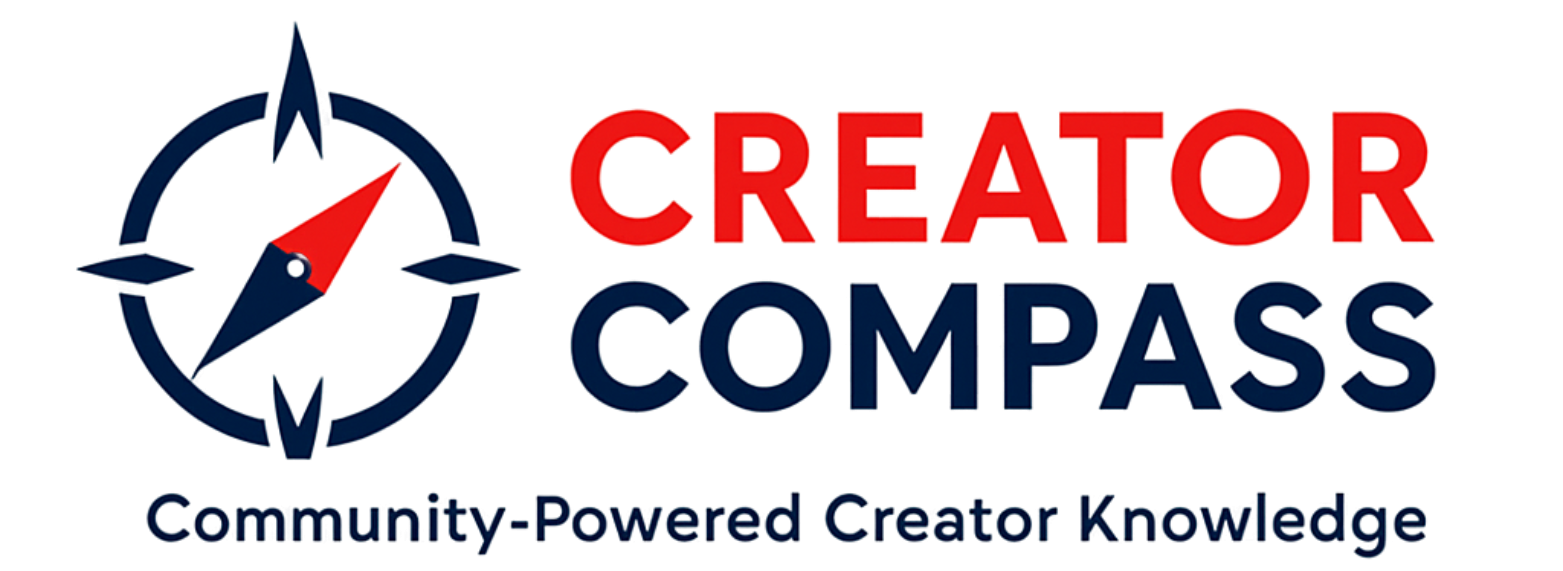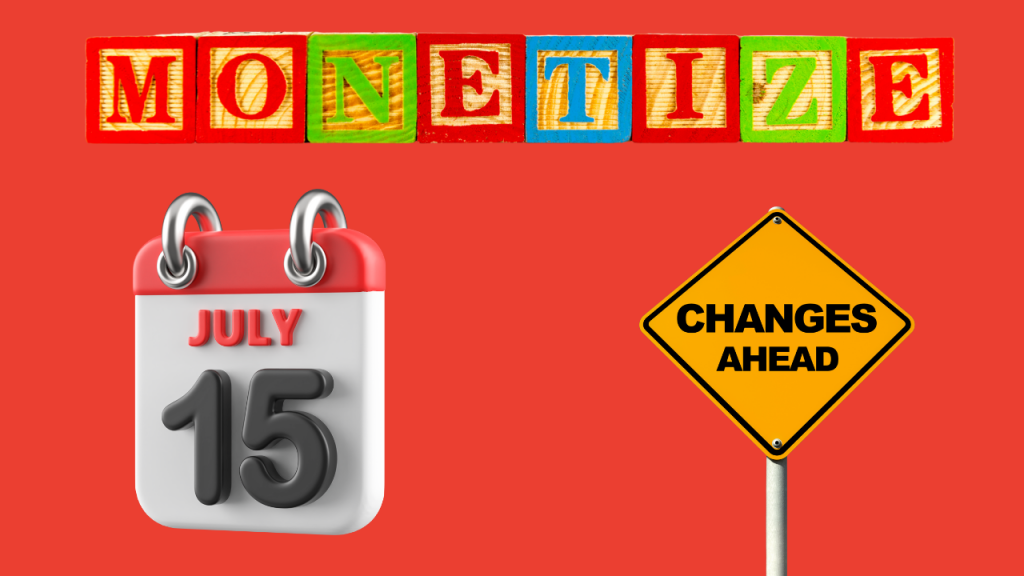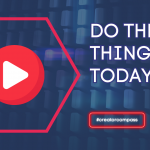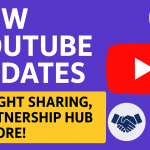Major Changes Are Coming to YouTube’s Monetisation Rules – Here’s the Lowdown
Starting July 15th, YouTube is tightening the rules for its YouTube Partner Program (YPP) – and if you’re a creator who monetises content or plans to, this update matters. These changes aren’t just minor tweaks; they’re already impacting creators by removing monetisation or denying entry to the program altogether. So, what’s changing? And more importantly, how can you protect your channel?
Let’s break it down.
The Core Issue: Reused and Low-Effort Content
One of the main targets of the update is “reused content.” That’s content which lacks originality or is repurposed in a way that doesn’t add significant value. YouTube has flagged this before, but the July update brings stricter enforcement.
Even well-intentioned creators are getting caught in the crossfire. One example? A creator who used B-roll from popular stock sites like Storyblocks layered over their own talking-head content was still flagged for reused content — despite producing original voiceovers and educational commentary.
➡️ Lesson learned: Even if you’re adding value with your voice or edits, YouTube’s algorithm may still flag stock-heavy content if it leans too far into templated or repetitive visuals.
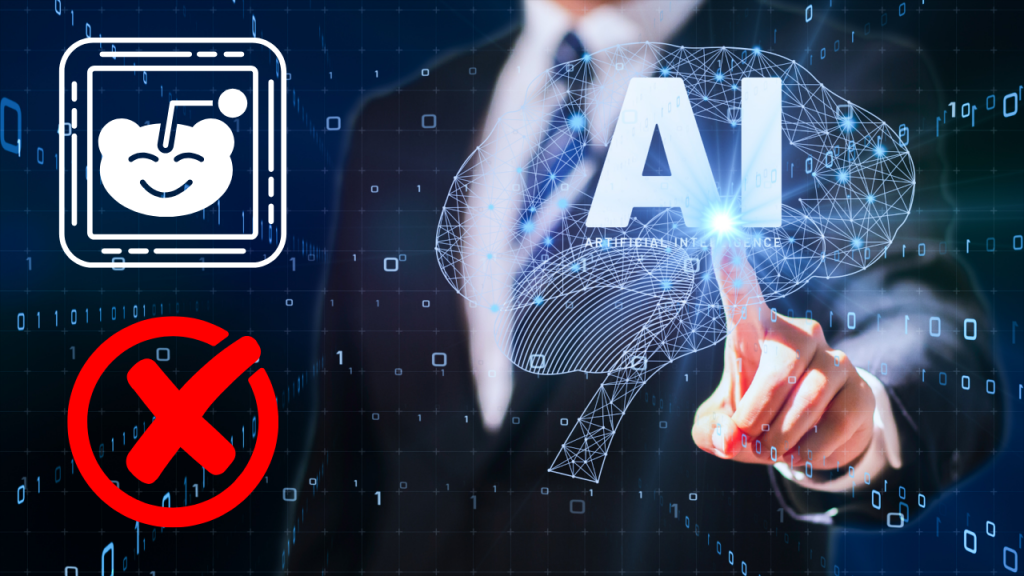
Is AI the Problem?
Short answer: No – not inherently.
YouTube isn’t banning AI tools. In fact, AI-generated voices, video clips, or B-roll can still be monetised. But it comes with a massive asterisk: how you use it matters.
The issue is mass production and lack of originality. Creators using AI to churn out dozens or hundreds of similar videos—often with formulaic scripts and stock visuals—are at the highest risk. These include:
- Channels rehashing Reddit stories with AI voiceovers
- Videos using near-identical intros, visuals, and editing across uploads
- Copycat content that could easily be recreated by someone in an afternoon
If your videos could be easily replicated with a few clicks, YouTube sees that as a red flag.
Watchability: The Metric That Matters Most
While not an official YouTube term, the idea of a “watchability score” sums this up nicely.
Ask yourself:
- Is your content original and engaging?
- Does it provide value through teaching, storytelling, or entertainment?
- Are viewers likely to stick around – and come back for more?
If your content is distracting, overly repetitive, or misaligned with the title, your perceived quality (and therefore monetisation potential) takes a hit. YouTube’s system now rewards content that feels human-made, thoughtful, and engaging.
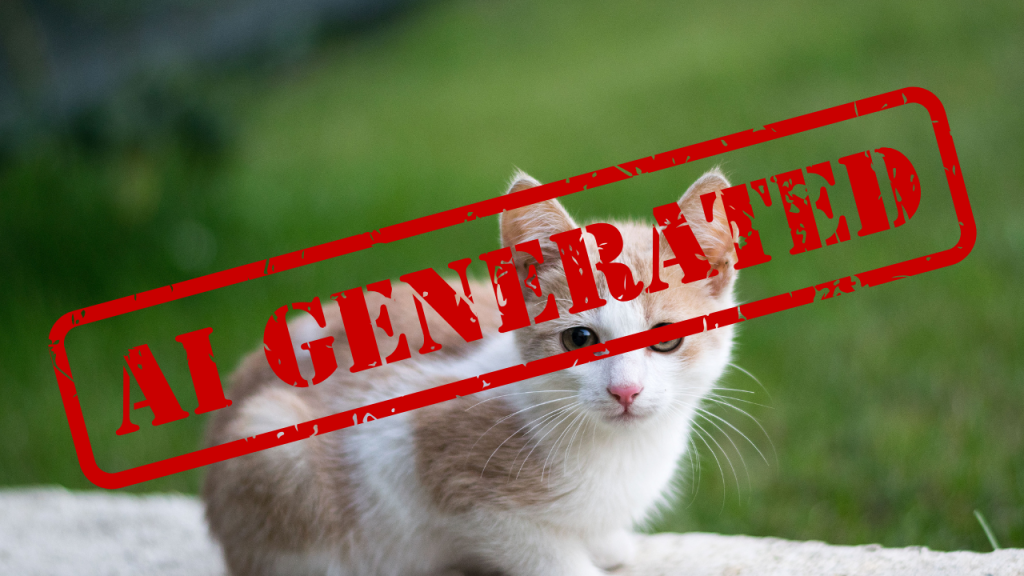
Avoid These Four Traps That Can Get You Demonetised
Here are the big “don’ts” under the new system:
- Heavily reused B-roll without added value or context
- Over-reliance on generic AI voices with no unique take
- Mass-producing videos with minimal effort
- Repetitive, templated formats (e.g., the same visuals + script structure across dozens of uploads)
The Reddit Story Problem
A particularly common trap right now? Reddit story channels. Creators scrape popular subreddit posts (e.g., failed relationships or crazy dating stories), slap on AI narration and stock video, and call it a day.
While this type of content might generate quick views, YouTube is actively removing these channels from monetisation. It floods their system with low-effort uploads and delivers poor value to viewers – which is a major no-no.
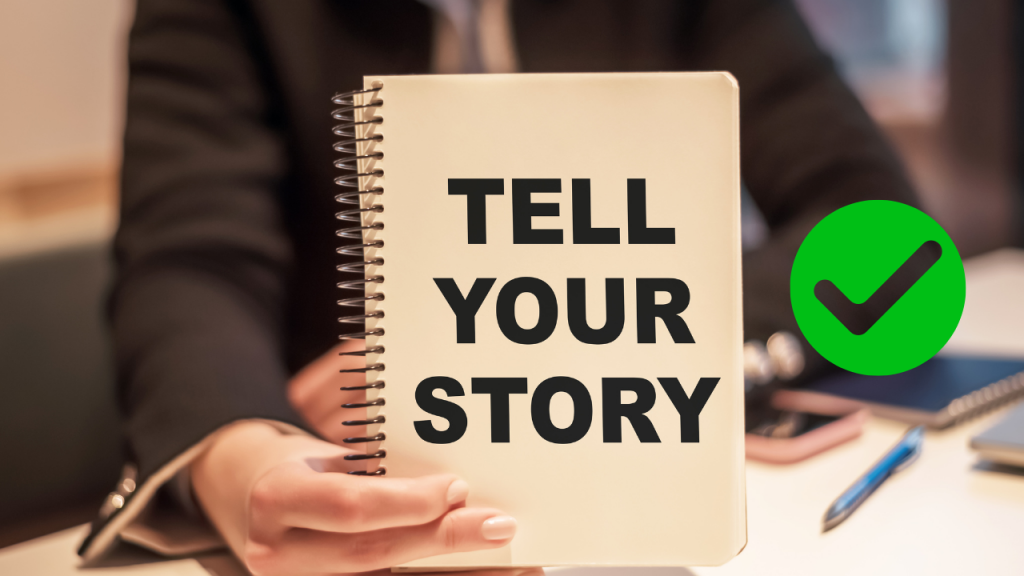
What To Do Instead
✅ Use AI as a tool, not a crutch – Let it enhance your creativity, not replace it.
✅ Be original – Share your voice, opinion, or unique spin.
✅ Focus on storytelling or education – Add context, personality, and authenticity.
✅ Develop a sustainable workflow – You don’t need to upload daily, just consistently and with care.
The Bottom Line
The July 15th changes to YouTube’s monetisation program are not an AI ban, and they aren’t meant to crush small creators. Instead, they’re a push toward quality over quantity.
If you’re creating thoughtful, original content—even if it’s aided by AI or includes stock visuals—you’ll likely be fine. But if you’re leaning heavily on templates, scraping other platforms, or mass-producing without substance, it’s time to rethink your approach.
The future of YouTube will still include AI. But the channels that survive and thrive will be the ones that pair smart tools with even smarter storytelling.
Need Help Navigating These Changes?
Check out more Creator Compass articles, or subscribe to our newsletter for weekly insights on content trends, monetisation, and platform updates. Let’s build something original—together.
